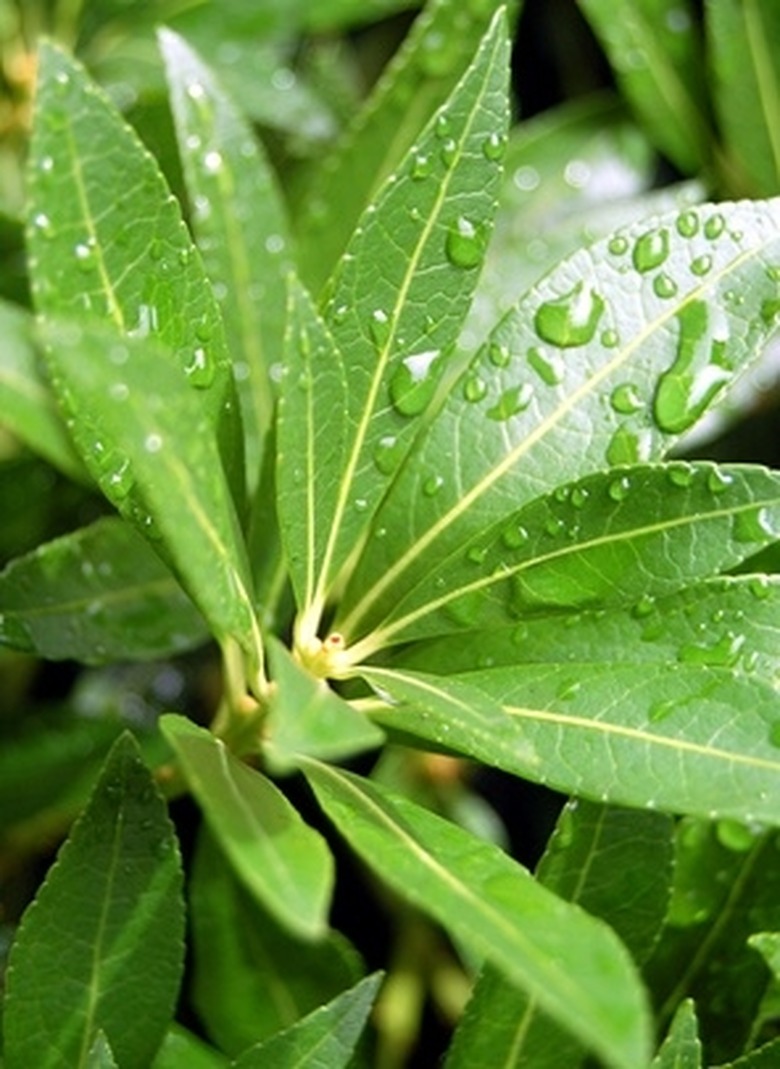Relationship Between Respiration & Metabolism
Respiration is the process that gets oxygen from the air to the tissues of the body and removes carbon dioxide from the body. Metabolism refers to all the chemical reactions in the body, including those that use oxygen and create carbon dioxide. Oxygen and carbon dioxide, therefore, are involved in both respiration and metabolism. Metabolic reactions are sometimes referred to as cellular respiration, which can cause confusion.
Respiration Occurs in the Lungs
Respiration Occurs in the Lungs
Air enters the nose, where it is warmed and humidified before entering the lungs. When the air reaches the alveoli, small air sacs in the lungs, the oxygen diffuses into the blood in the capillaries around the alveoli while carbon dioxide (the product of metabolism) leaves the blood and enters the air. During exhalation the carbon dioxide is released into the atmosphere.
Metabolism Occurs in All Tissues
Metabolism Occurs in All Tissues
The oxygenated blood leaves the lungs and is pumped throughout the body by the heart. When the blood enters the capillaries in the tissues, oxygen diffuses out of the blood and into the tissue. Cells use this oxygen in metabolic reactions. Metabolic reactions produce carbon dioxide. The carbon dioxide enters the blood as it leaves the tissues to be returned to the lungs and eventually the atmosphere.
What is Metabolism?
What is Metabolism?
All the chemical reactions that occur in the body are metabolic reactions. Some reactions break down molecules to make energy while other reactions build up molecules (and use energy). Reactions that use energy include making new membrane, making proteins that determine the shape of the cell, and making molecules that are secreted from the cell. Every cell also has to store energy from nutrients so there is enough energy to make needed molecules.
ATP is the Metabolic Currency
ATP is the Metabolic Currency
Adenosine triphosphate—ATP—is the intermediate for metabolic reactions because there is a lot of energy stored in the phosphate bond of ATP. ATP is broken down to adenosine diphosphate (ADP) and the released energy is used to make other molecules. Reactions that make more ATP use the energy of food molecules to add a phosphate bond to ADP to regenerate ATP.
Food Provides Raw Materials
Food Provides Raw Materials
Food is digested into small molecules that can enter the blood stream. Sugars and fiber are broken down to small sugar molecules. Protein is broken down to amino acids. Special molecules in the intestines transport these small molecules to the blood. Fats are broken down to fatty acids which can diffuse across the intestines to enter the blood. All cells have special molecules that help them absorb nutrients from the blood stream so they can be used in metabolic reactions.
References
- Principles of Anatomy and Physiology (10th ed.); Gerard J Tortora and Sandra Reynolds Grabowski; 2003
Cite This Article
MLA
Schroeder, Roxann. "Relationship Between Respiration & Metabolism" sciencing.com, https://www.sciencing.com/relationship-between-respiration-metabolism-5390936/. 24 April 2017.
APA
Schroeder, Roxann. (2017, April 24). Relationship Between Respiration & Metabolism. sciencing.com. Retrieved from https://www.sciencing.com/relationship-between-respiration-metabolism-5390936/
Chicago
Schroeder, Roxann. Relationship Between Respiration & Metabolism last modified August 30, 2022. https://www.sciencing.com/relationship-between-respiration-metabolism-5390936/
